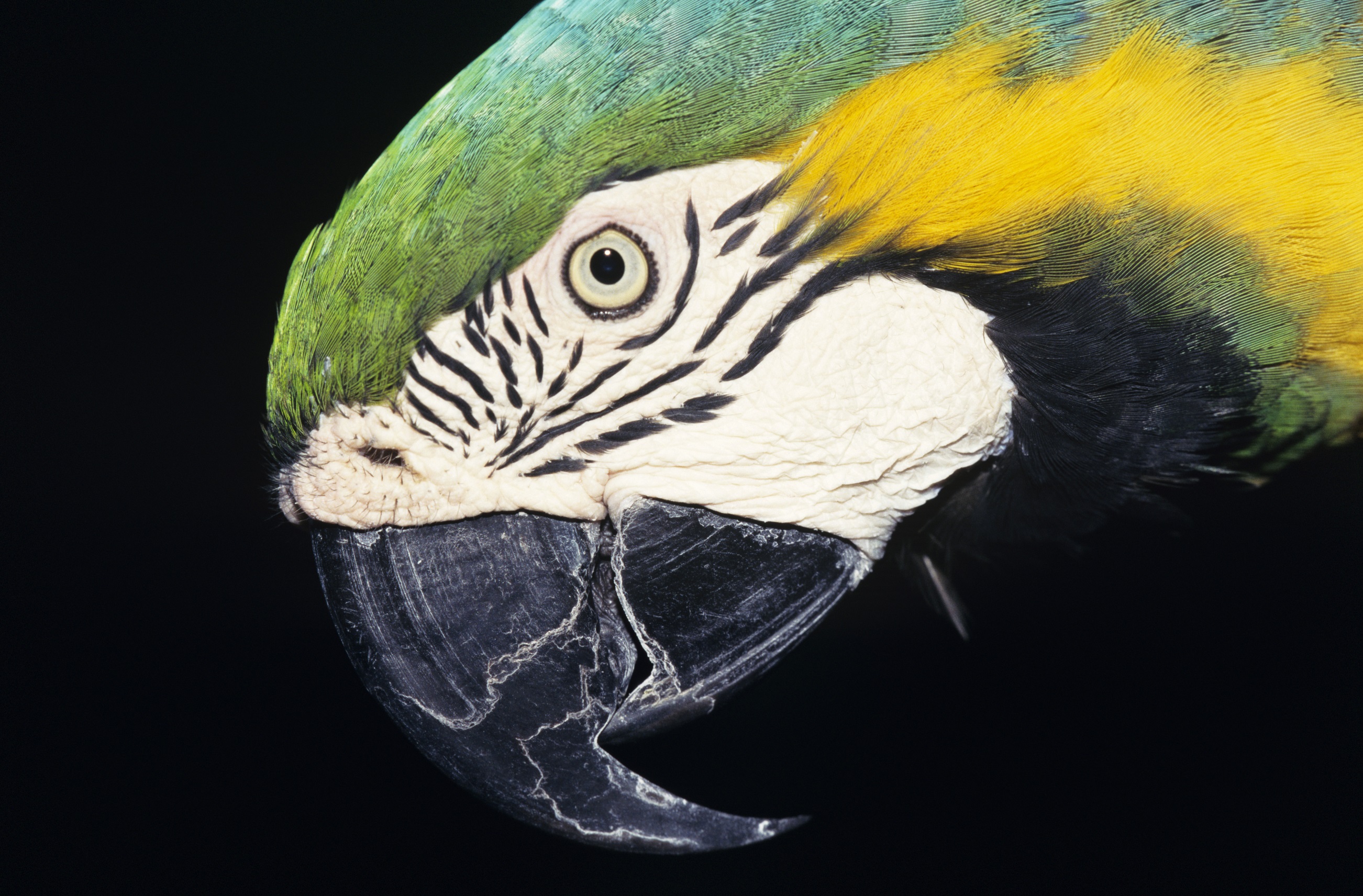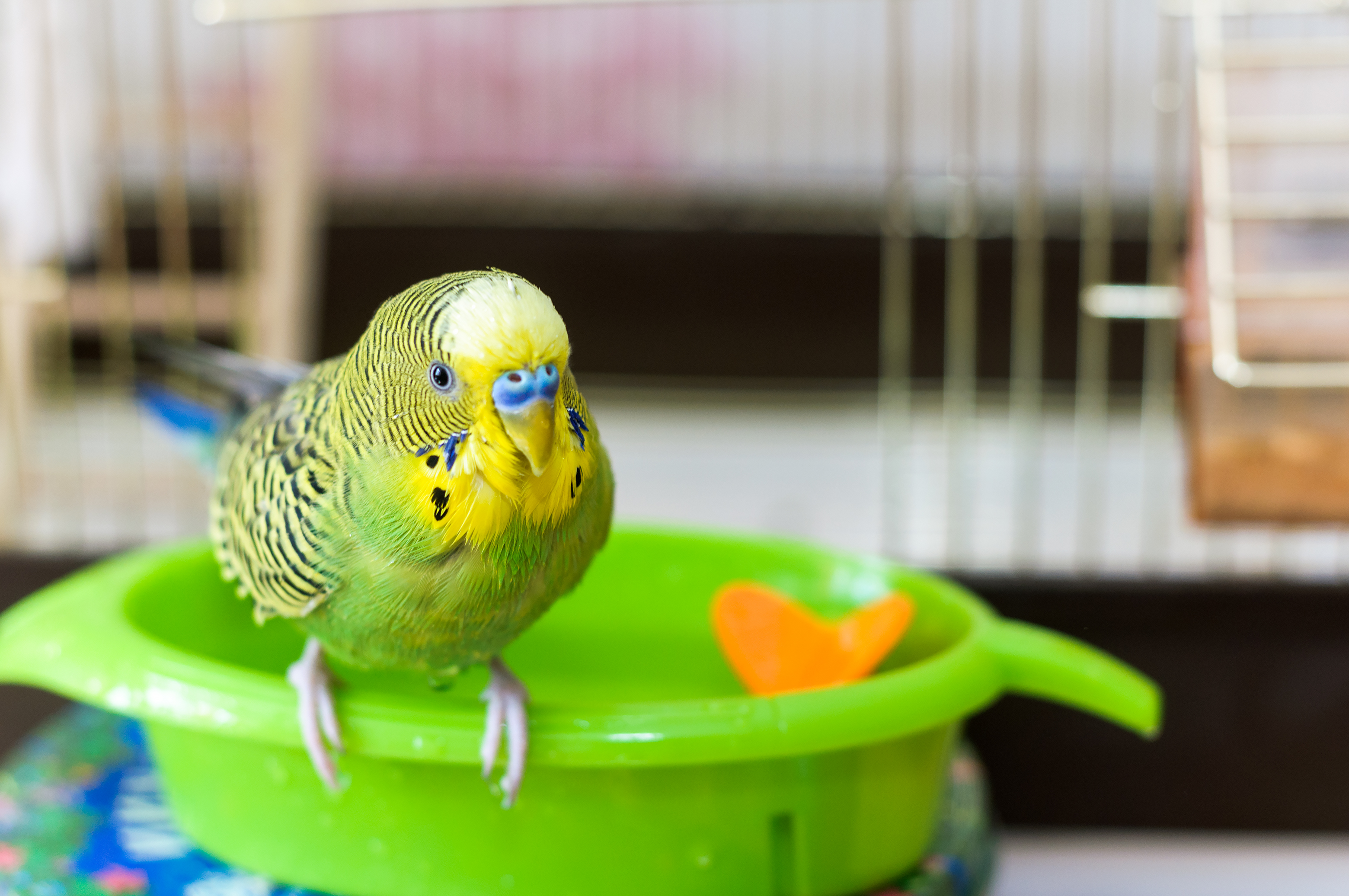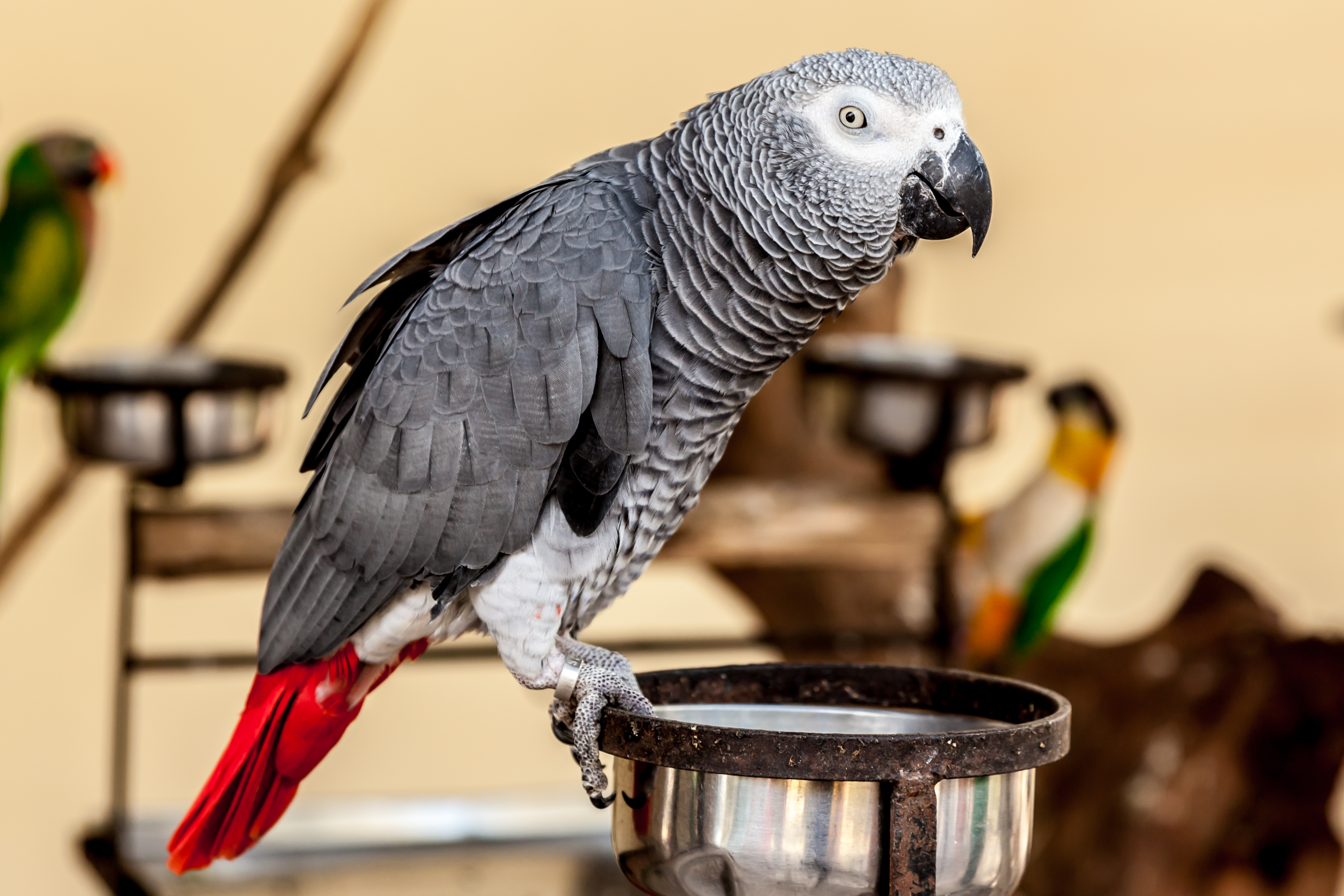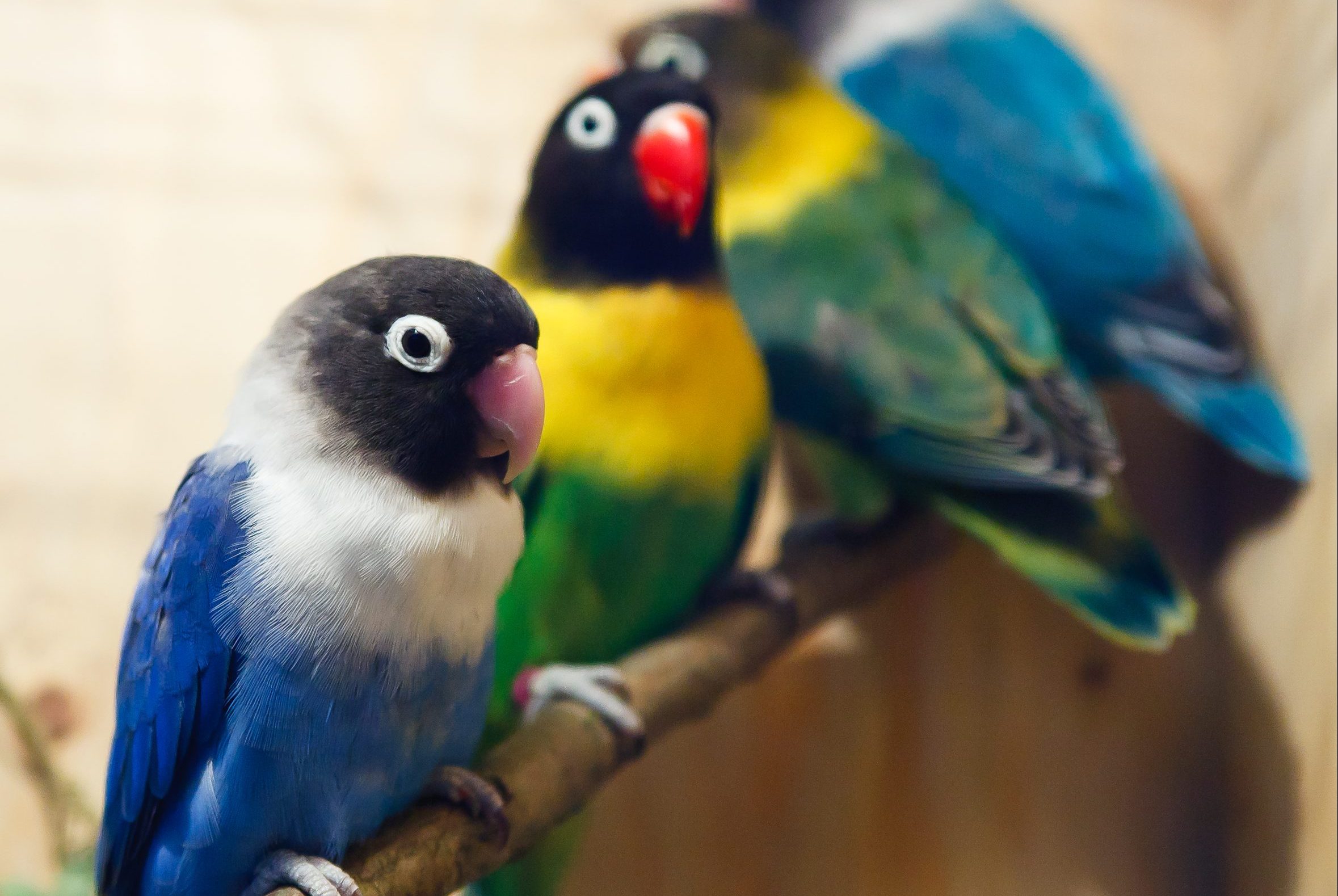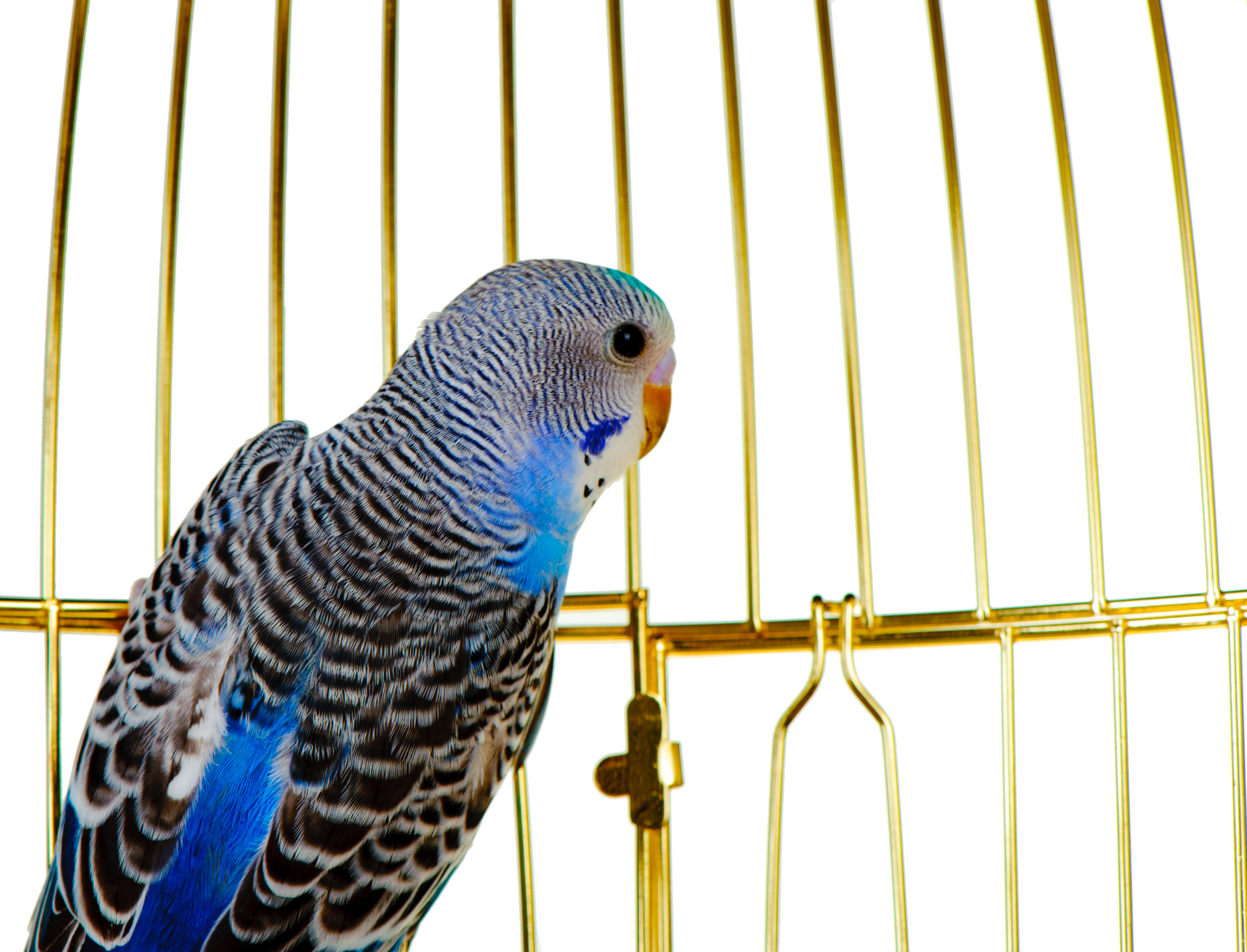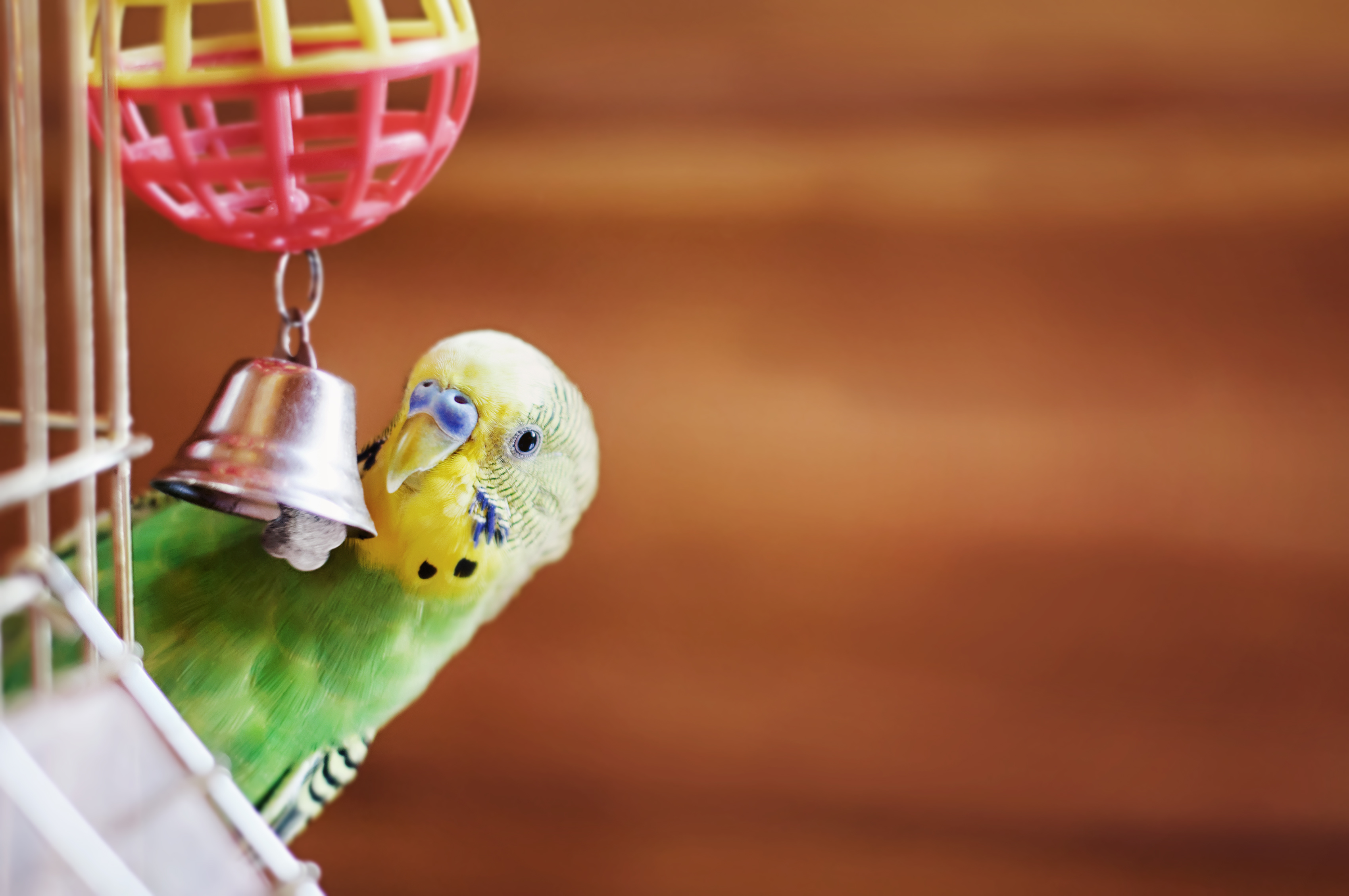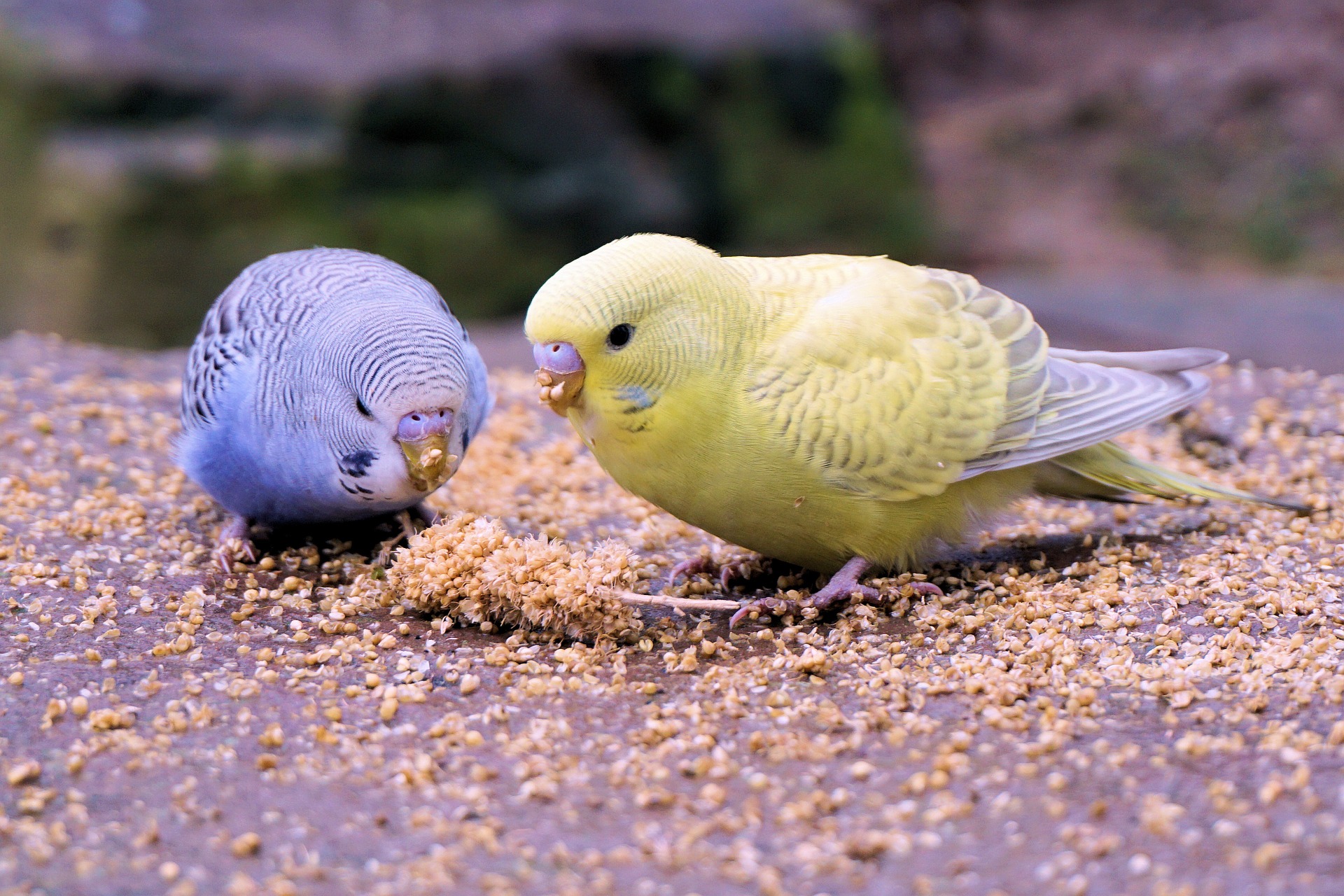Bird Grooming 101
Pet Age Staff //January 10, 2017//
By Dr. Laurie Hess, Dipl ABVP (Avian Practice)
When people hear about pet grooming, they typically think of shampooing, coat clipping and blow drying. But, as an avian veterinarian, I think about nails, wings and beaks. Birds, just like dogs and cats, need regular grooming to stay healthy and safe.
While wild birds use their flight feathers to get around and keep their nails worn down by landing on rough branches and rocks, pet birds in cages don’t have these experiences. Thus, pet birds often develop overgrown nails and may become injured while flying indoors. Retailers would be wise to remind bird owners that regular grooming is critical to help keep their avian companions out of trouble.
Nip That Nail
Given most pet birds’ lack of activity when compared to their wild counterparts, as well as the abundance of food they are offered, these animals’ nails typically grow fast and require trimming every few months. Just like people, the frequency with which birds’ nails need to be clipped varies based on genetics, species, diet and activity level. Bird owners generally know that when nails are pointy and it is painful to have their pets sit on their arms, it is time for a trim.
There are many safe ways to trim birds’ nails, and the best method for any given bird depends, in part, on its temperament. A very calm bird will allow an owner to pick up one toe at a time and clip its nails with a nail clipper made for birds, such as the Millers Forge Bird Claw Scissors.
My favorite method of nail clipping is with the Bovie Medical Corporation’s battery-operated low temperature cautery, a pen-like wand with a thin wire loop on the end that heats up in seconds with the touch of a button to burn off the very tip of the nail, thereby blunting the sharp pointy tip. This method works particularly well with birds that have dark, pigmented nails in which it is impossible to see the blood vessel, or “quick,” running inside them. The heat of the cautery seals the blood vessel if it is accidentally nicked, thereby preventing bleeding. The high heat of the cautery also kills any germs on the nail tip, so that the same cautery pen is sterile and safe to use from bird to bird without having to clean it. The key to this nail trimming method is to carefully restrain the bird so that it doesn’t move and get burned, and only the very tip of the nail should be clipped so that it isn’t painful to the bird.
Other methods of nail trimming include grinding the nail tip with a high speed Dremel rotary tool, such as the 7300 Series 4.8-Volt Pet Nail Grooming Cordless Rotary Tool, with a cone-shaped grinding bit. This method is generally only used for medium- to large-sized parrots.
Kaytee Small Animal Pro-Nail Trimmer is a product that can be used to trim a bird’s nails. It enables the pet owner to avoid the chance of the Dremel drill’s whirring noise scaring the bird. Retailers should remind the pet owner to thoroughly disinfect the product between birds so as not to transmit infection.
Another bit of education a retailer can offer a pet owner involves the possibility of trimming the nails too short, which will result in nicking a blood vessel. If trimmers are used, a styptic stick such as the HemaStop Styptic Tube, or powdered clotting agents, such as Gimborn Pet Specialties’ Kwik Stop Styptic Powder, should be handy in case bleeding occurs.
A retailer would be wise to recommend that the nail-trimming procedure involve more than one person, regardless of the method employed. A bird-savvy individual should restrain the bird from flapping and kicking (larger parrots should be wrapped in a towel) while another individual holds the bird’s foot and trims the nail. The foot holder must not pull hard on the bird’s leg, or severe injury such as bone fracture or dislocation can occur.
What About Wings?
Some people are fans of wing clipping, while others think it’s cruel. I think it is appropriate in certain cases where an indoor flighted bird might get injured by flying into a mirror, container of hot liquid, open flame or out of an open door or window. Wing trimming also makes bird training easier because the bird can’t fly away during training. Important factors about wing trimming are that it isn’t permanent or painful. Like hair, trimmed feathers grow back over a few months, enabling the bird to fly again.
If wings are trimmed, they must be clipped properly so that a wing-trimmed bird attempting to fly doesn’t become injured. The rule-of-thumb for wing trimming is to clip only the outermost five primary feathers and never the secondary feathers closer to the body. These primary feathers should be cut at a level about halfway between their ends and the short covert feathers on the underside of the wing. Clipping feathers too short can cause the sharp, cut ends of the feather shafts to poke uncomfortably into the bird’s side when the wings are folded in. In addition, too short a wing trim can cause the bird to plummet to the ground if it tries to fly.
The goal of a proper wing trim is to allow the bird to sail safely to the ground from an elevated area without allowing it to get lift. As with nail trimming in birds, wing trimming usually requires gentle towel restraint of the bird by one person, while another person uses scissors to do the trimming.
Newly formed “blood feathers” that still have visible blood in the feather shafts, from before the feather matures and the blood recedes, should not be trimmed. Trimming these feathers can lead to profuse bleeding that can be difficult to stop without prolonged pressure on the bleeding shaft or pulling the bleeding feather out from its attachment in the wing bones—a painful and difficult process.
Individuals trimming wings must be knowledgeable about feather anatomy and comfortable with gentle bird restraint, or injuries such as wing fractures or shoulder dislocation can occur.
Back Off the Beak
Many parrot owners request beak trims from groomers. Occasionally, healthy birds’ beaks will overgrow. However, most pet birds manage to keep their beaks worn down enough to not need routine beak trimming.
Parrots are called “hookbills” because they are supposed to have sharp, pointy, hook-shaped beaks. When a bird’s beak becomes overgrown suddenly, this can be a sign of underlying illness, such as liver disease, that should be checked by a veterinarian.
If a beak must be trimmed, a Dremel rotary tool is best for grinding down the beak tip. Care must be taken when trimming overgrown beaks, as there is a blood vessel running down the center of the beak that can bleed profusely if cut. If this vessel bleeds, pressure must be placed on it for several minutes to get it to stop. Styptic powder can also be used to stop bleeding beaks but should be gently washed off without disturbing the clot after the bleeding stops so that the bird doesn’t ingest the toxic powder.
Like dogs and cats, pet birds need routine grooming to stay in good shape. With the variety of products available today for trimming birds’ nails and wings, keeping them healthy and well-groomed should be a simple, regular part of their care.
